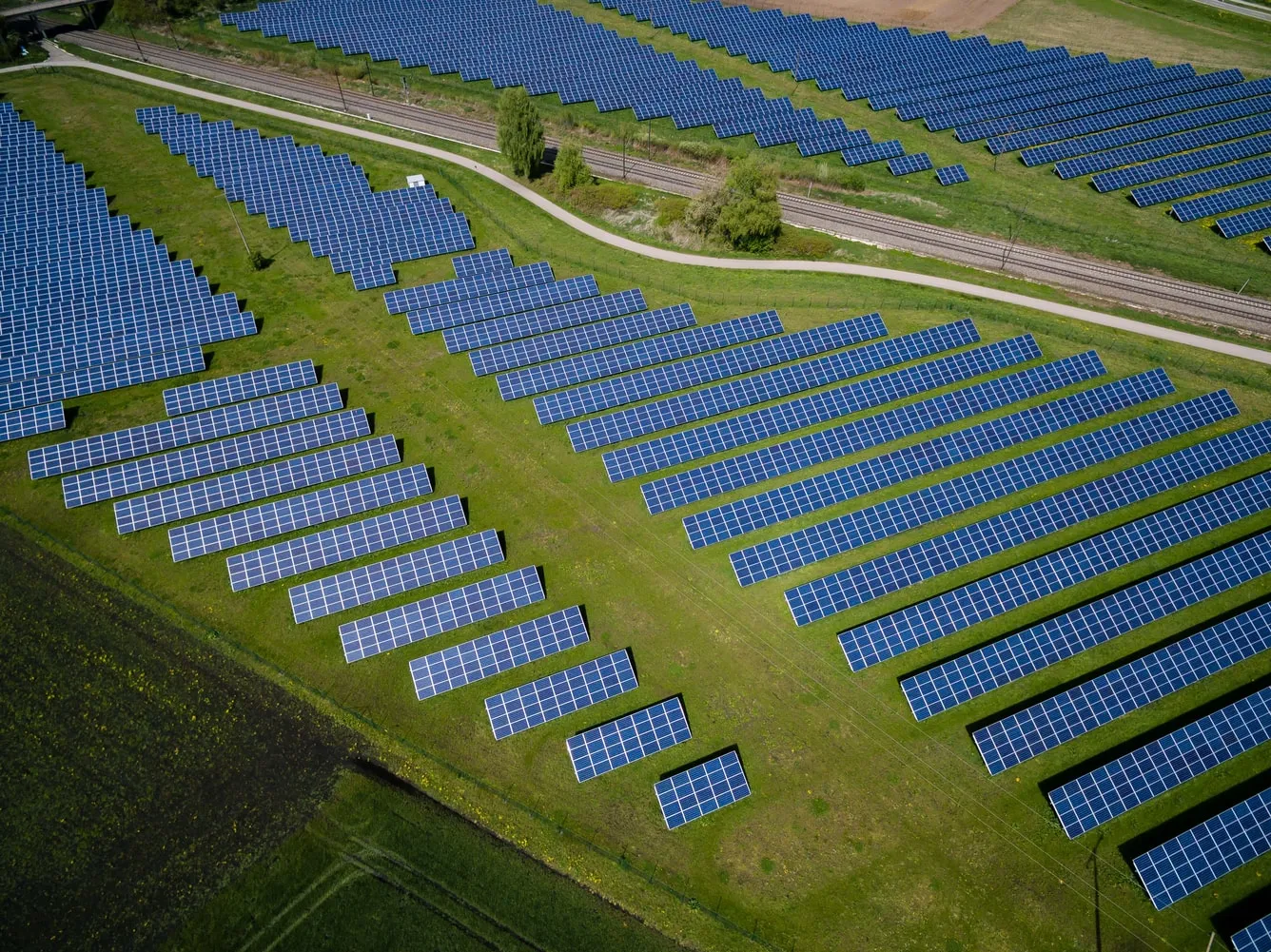As the CRU gets ready for its 6th price review (PR6) covering the years from 2026 to 2030, significant transformation lies ahead for Ireland’s electricity grid, and how it should be financed. The roadmap for finalising the PR6 outlines key milestones, including the publication of Business Plan Questionnaires (BPQs) in Q2 2024, followed by consultations on draft determinations in Q1/Q2 2025, and final decision in Q3 2025. The CRU has set three outcomes that it expects electricity network companies to deliver throughout PR6:
- Decarbonised electricity
- Secure and resilient networks and supplies
- Empowered customers
Notably EirGrid is expected to see a dramatic expansion of its asset base as it takes on the role of the Offshore Asset Owner (OAO), potentially growing its Regulated Asset Base (RAB) from approximately €44 million in 2026 to around €5 billion by 2030. The CRU proposes a functional separation between EirGrid’s TSO and OAO roles, the introduction of separate revenue controls for OAO activities, and the application of an offshore revenue cap regime. The CRU anticipates a separate Price Review for EirGrid’s new OAO function, with a decision expected in the summer.
The CRU have highlighted some of the PR5 key areas where performance has not been at the required level, and they expect to be improved going into PR6. Regarding the DSO, the level of customer interruptions is higher than the targets set. Regarding the TSO, key metrics relating to levels of renewable energy such as the RES-E target and the renewable dispatch down target have not been achieved. The delivery of the transmission capital programme has also not been at the pace needed to address network constraints and support renewable integration.
The CRU seeks greater transparency with enhanced delivery of outcomes, that customers can meaningfully engage with, such as bill impacts (€), the benefit to customers from investment proposals (€), emissions reductions (CO2). Additionally, the introduction of output-based reporting and greater clarity on cost incentives will add to efficiency and transparency. In return for the revenues they can recover from customers, network companies are expected to deliver enhanced performance and accountability.
The CRU are also asking interested parties to comment on the overall strategy for PR6, including what the network companies are expected to deliver, the approach that network companies should take in developing their business plans, the key challenges and opportunities for PR6, potential changes to the regulatory framework and the principles a future regulatory framework should follow.
Looking ahead, both cost and performance incentives will play a crucial role in driving innovation and improving the reliability of Ireland’s electricity grid. By embracing these developments and working collaboratively with regulators and stakeholders, Ireland is poised to navigate the complexities of PR6 and unlock the full potential of its energy transition journey. As we embark on this transformative period, how we finance grid investments will be paramount in ensuring a resilient, sustainable, and customer-centric electricity network.

